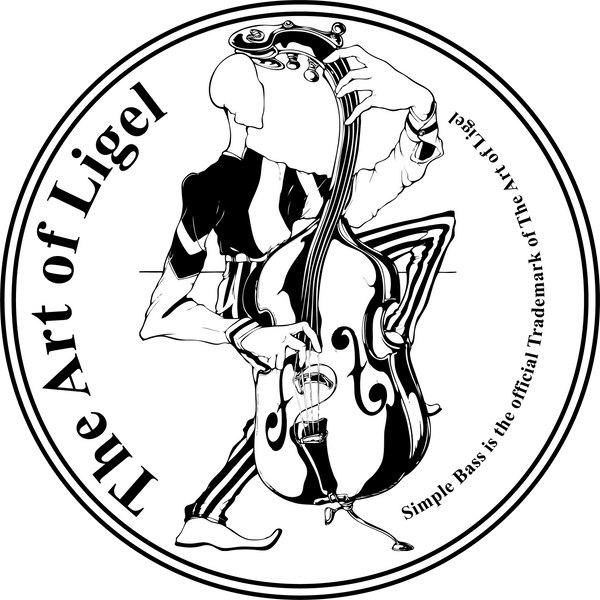Are you curious about abstract painting and looking for a bold, hands-on approach? Palette knife painting is a fun, expressive way to create textured, vibrant artwork using acrylic or oil paint—no brush required! This beginner-friendly guide will help you get started with basic techniques, essential tools, and useful tips for success.

What is Abstract Painting?
Abstract art doesn’t aim to represent realistic images. Instead, it focuses on elements like color, shape, texture, and form to evoke emotions and ideas. This makes it a perfect style for beginners, as there’s no “right” or “wrong” result—just your own creative expression.
Why Try Palette Knife Painting?
Using a palette knife for painting adds dimension and energy to your work. Unlike traditional brushes, palette knives allow you to apply thick layers of acrylic or oil paint and create dramatic textures.
Benefits of palette knife painting:
- Ideal for creating textured painting effects
- Easy to mix and blend directly on the canvas
- Encourages experimentation and spontaneity
- Low-maintenance tools that are easy to clean
Whether you're a beginner or an experienced artist looking to explore new techniques, palette knife painting is an excellent way to expand your artistic practice.
Supplies You’ll Need
Before starting your abstract painting, make sure you have the following:
- A variety of palette knives (straight, rounded, and pointed tips)
- Acrylic or oil paints (heavy-body paint works best)
- Canvas or canvas board
- Mixing palette
- Rags or paper towels
- Easel (optional but helpful for knife work)
If you're unsure which medium to choose, check out my other blog post comparing acrylic vs. oil vs. watercolor.
Beginner Palette Knife Painting Techniques
Here are some essential techniques to try when starting your first abstract painting with palette knives:
1. Loading the Knife
Scoop up a small amount of acrylic or oil paint using the flat side of the knife. Avoid overloading to maintain control.
2. Spreading and Smearing
Drag the paint across the canvas in various directions. This is the foundation of palette knife techniques—each stroke adds unique texture.
3. Layering for Depth
Let some areas dry before adding new layers. This builds a tactile surface and adds interest to your textured painting.
4. Scraping and Sgraffito
Use the edge of your knife to scrape off paint or etch into it while wet. These techniques reveal underlayers and add contrast.
Tips for a Successful Abstract Painting Experience
- Start simple: limit your palette to 2–3 colors to avoid muddy mixtures.
- Let go of perfection: abstract art is about freedom and feeling.
- Use different pressure: vary your strokes to see what the knife can do.
- Mix colors directly on your canvas for a spontaneous look.
- Step back often to view your work from a distance.
For hands-on instruction, I offer art classes in the Bronx that focus on abstract techniques, including painting with palette knives—perfect for beginners looking to explore in a supportive environment.
Avoid These Common Mistakes
- Using too much paint (start light and build up texture gradually)
- Overworking an area (trust your instinct and keep it loose)
- Ignoring drying time between layers (this helps maintain clean textures)
Final Thoughts
Learning how to start abstract painting with palette knives is a rewarding journey into expressive, spontaneous artmaking. Whether you're drawn to acrylic painting, oil painting, or just want to try something new, this approach invites you to let go of rules and explore your creativity.
If you're ready to dive deeper, join my in-person abstract painting class in the Bronx. We’ll work together to develop your technique and discover your own visual language.

